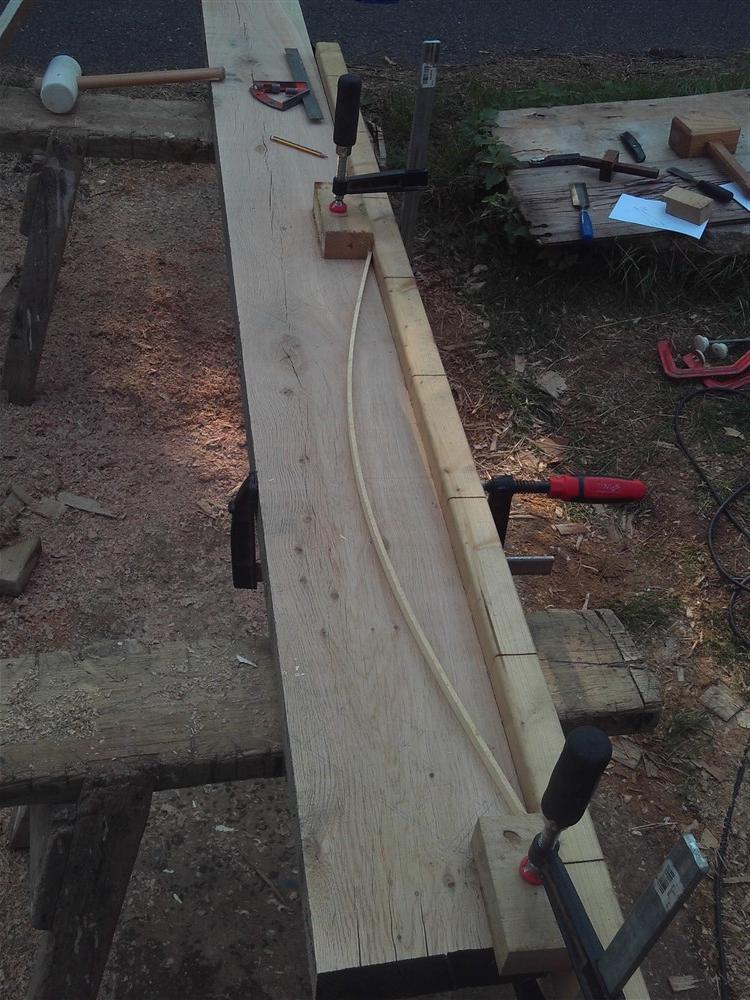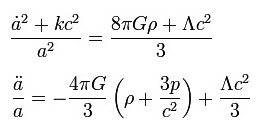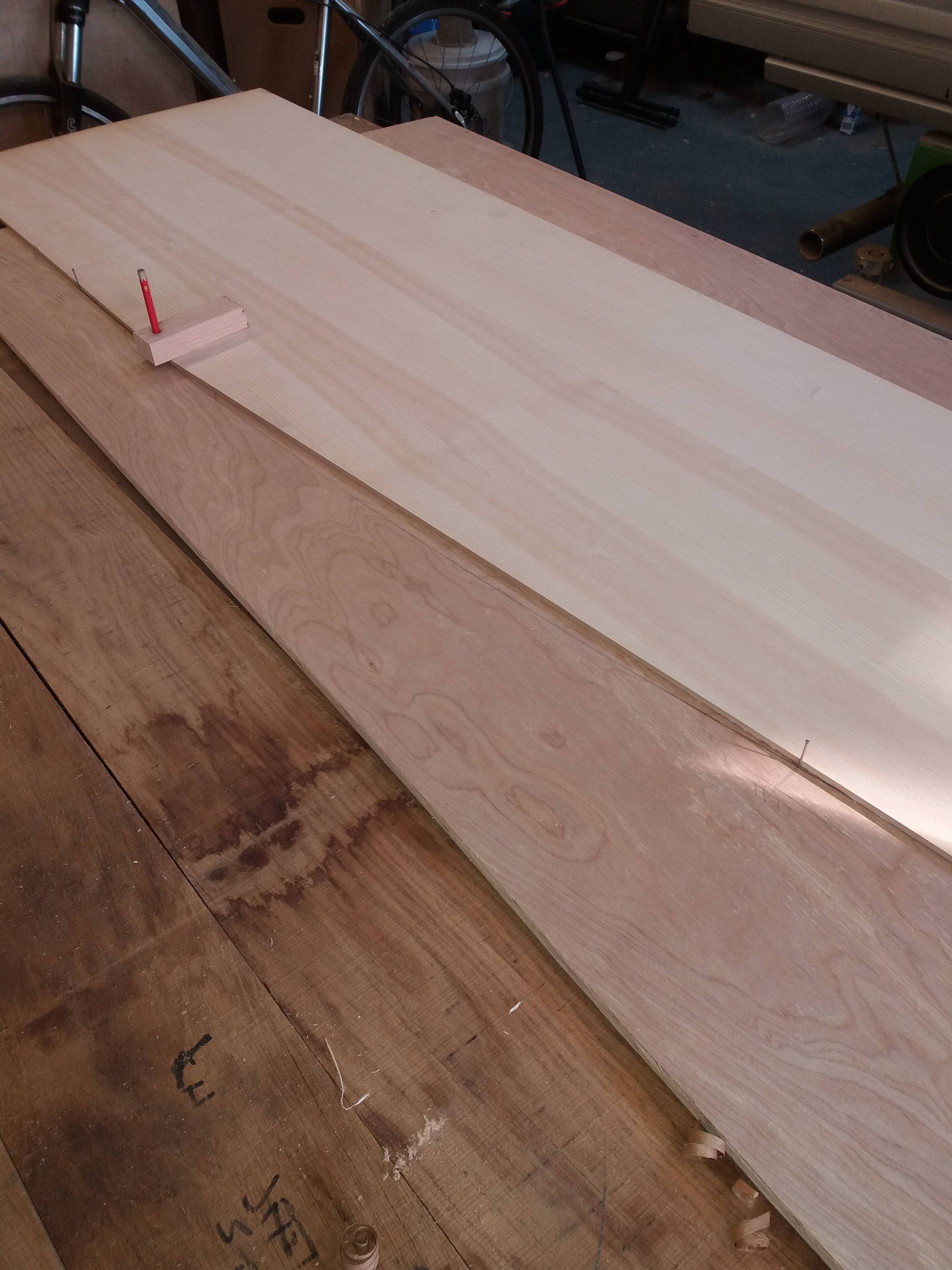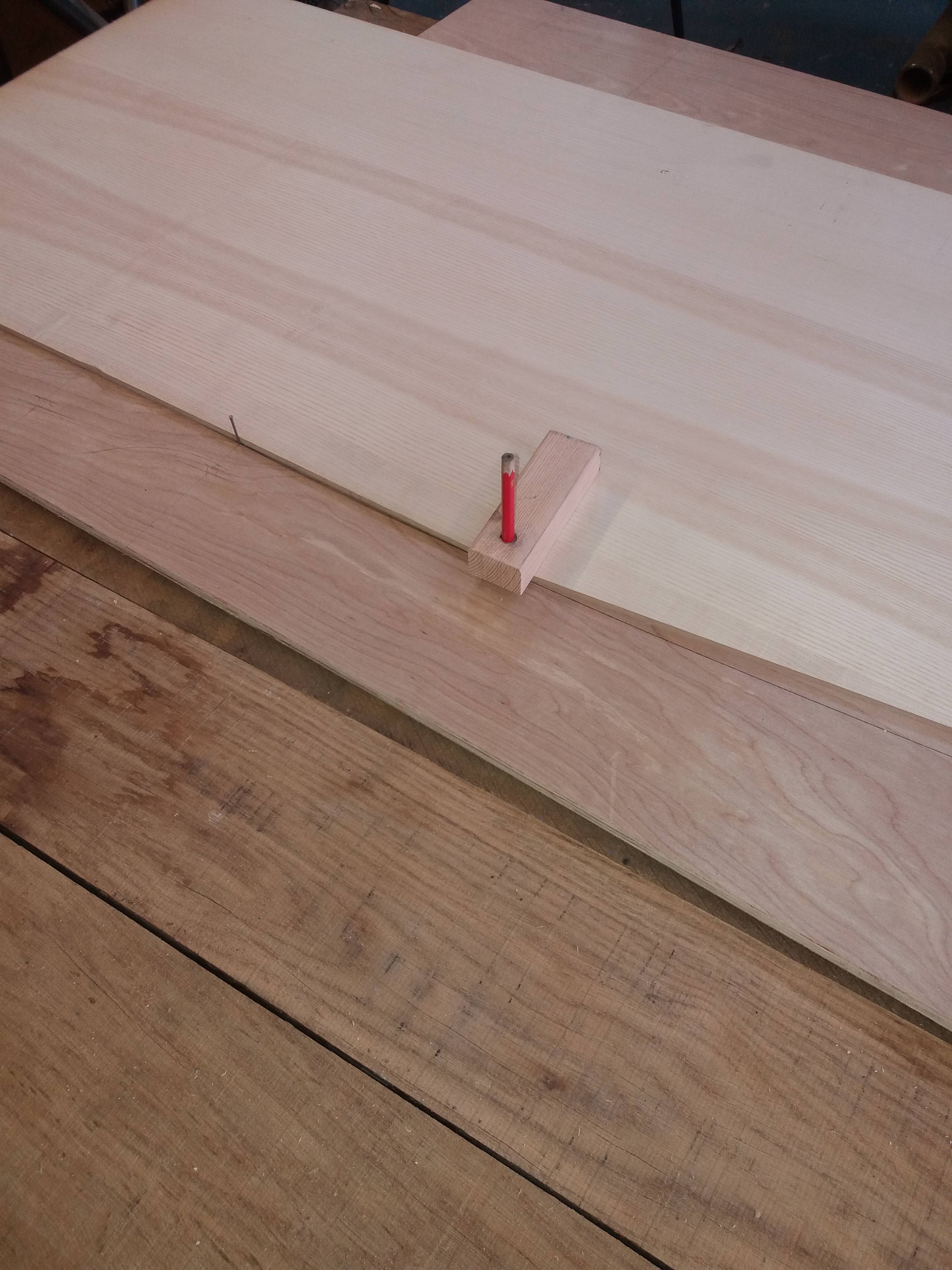Having quit my schooling at the earliest possible moment because it was far more secondary than it was modern, my maths /algebra / geometry can only be described as non existant.
So i need help for my project please.
I want to draw an arc onto graph paper (well, more exactly a curve).
I only have two measurements, and I have had to look up even the name of the measurement, but the chord length is 1 metre, and the height between the chord and arc length is 20 mm.
Is it possible using only those two measurements to guide me to drawing that curve?
For example, i know the height at the centre of the chord, what would be the height at each 10th of the distance (100 mm) along the chord?
grateful thanks to any who can help.
So i need help for my project please.
I want to draw an arc onto graph paper (well, more exactly a curve).
I only have two measurements, and I have had to look up even the name of the measurement, but the chord length is 1 metre, and the height between the chord and arc length is 20 mm.
Is it possible using only those two measurements to guide me to drawing that curve?
For example, i know the height at the centre of the chord, what would be the height at each 10th of the distance (100 mm) along the chord?
grateful thanks to any who can help.













